Writing around the year 1200, the Danish historian Saxo Grammaticus recounts a vicious execution, taking place several centuries before his own lifetime in the age of the Vikings:
“they ordered [Ella’s] back to be carved with the figure of an eagle, exultant because at his overthrow they were imprinting the cruelest of birds on their most ferocious enemy. Not satisfied with inflicting wounds, they salted the torn flesh.” (1)
While tantalizingly vague, this execution became known in the later centuries as the “Blood-Eagle,” and has sparked a great deal of controversy with regards to its existence or meaning. However grisly this vision purports to be, it nevertheless proves to be relatively sober-minded in comparison to the later Icelandic account “The Tale of Ragnar’s Sons”, from roughly a century later:
“They now had an eagle cut onto the back of Ella, and then tore the ribs from the back with a sword, so that the lungs were the pulled out.” (2)
This account has proven the most enduring, evoking the image of an eagle with “wings” formed by the mutilated lungs of the unfortunate victim. Few incidents better epitomize the Viking age, where the imagination stirs with blood-thirsty Pagans wreaking untold havoc upon weak and strong alike. Yet rumor, fabulation, and contradiction surround the Blood-Eagle, as evidenced by clearly contradictory accounts of this event or ritual. Unfortunately for historians, the Norse kept no significant written records of their time, leaving foreign accounts, archeology, and later written sources as the only evidence for future generations.
Roberta Frank, writing in her 1984 article, “Viking Atrocity and Skaldic Verse: The Rite of the Blood-Eagle” casts her doubts on the event, and claims to uproot the very origin of this supposed rite. Saxo and the Icelandic account likely used the same source and Frank points to a poetic source for these account, a skaldic verse alluding to these events (3). To vastly oversimplify, skaldic verse was a form of court poetry practiced in the Viking age and the following few centuries, which often served as the basis for many later prose accounts, most famously the Icelandic sagas. According to Frank, then, the Blood-Eagle of Saxo and our anonymous Icelander are based on an earlier poem recited for generations until their own period, and the differences between the two accounts of the Blood-Eagle are a matter of poetic interpretation (Frank, 335).
In Frank’s eye, the Blood-Eagle emerges as these two medieval writers grapple with a difficult poem, misinterpreting the work in a very literal manner, taking a poetic image as a concrete fact (Frank, 336). These two accounts attempt to understand an earlier poem, which describes the fallen as carrion, the feast of an eagle, a common image in skaldic poetry to describe the fallen in battle (Frank, 338). At the heart of the controversy is the syntactical interpretation of the eagle in the poem: Was the back cut “with an eagle” (that is, with the image of one), or “by an eagle” (by its claws)?
While not unambiguous, Frank’s reading of the verse originating the Blood-Eagle explains away the lurid – and potentially unbelievable – accounts given in the 13th and 14th centuries; she shows how even in these centuries, although closer to the events depicted, writers nevertheless sensationalized and exaggerated, scandalizing their Christian audiences with the shocking details of the atrocities their ancestors supposedly committed. Then, just as now, myths and half-truths of the Vikings enticed audiences with a titillating horror show.
– – – –
References:
1) Grammaticus, Saxo, The History of the Danes Books I-IX, tr. Peter Fisher, (Rochester, D.S. Brewer, 1996), 292.
2) http://www.germanicmythology.com/FORNALDARSAGAS/ThattrRagnarsSonar.html
3) Roberta Frank, “Viking Atrocity and Skaldic Verse: The Rite of the Blood-Eagle”, The English Historical Review 99, no. 391 (April 1984), 332 – 343. Accessed July 18th, 2014, http://www.jstor.org/stable/568983.




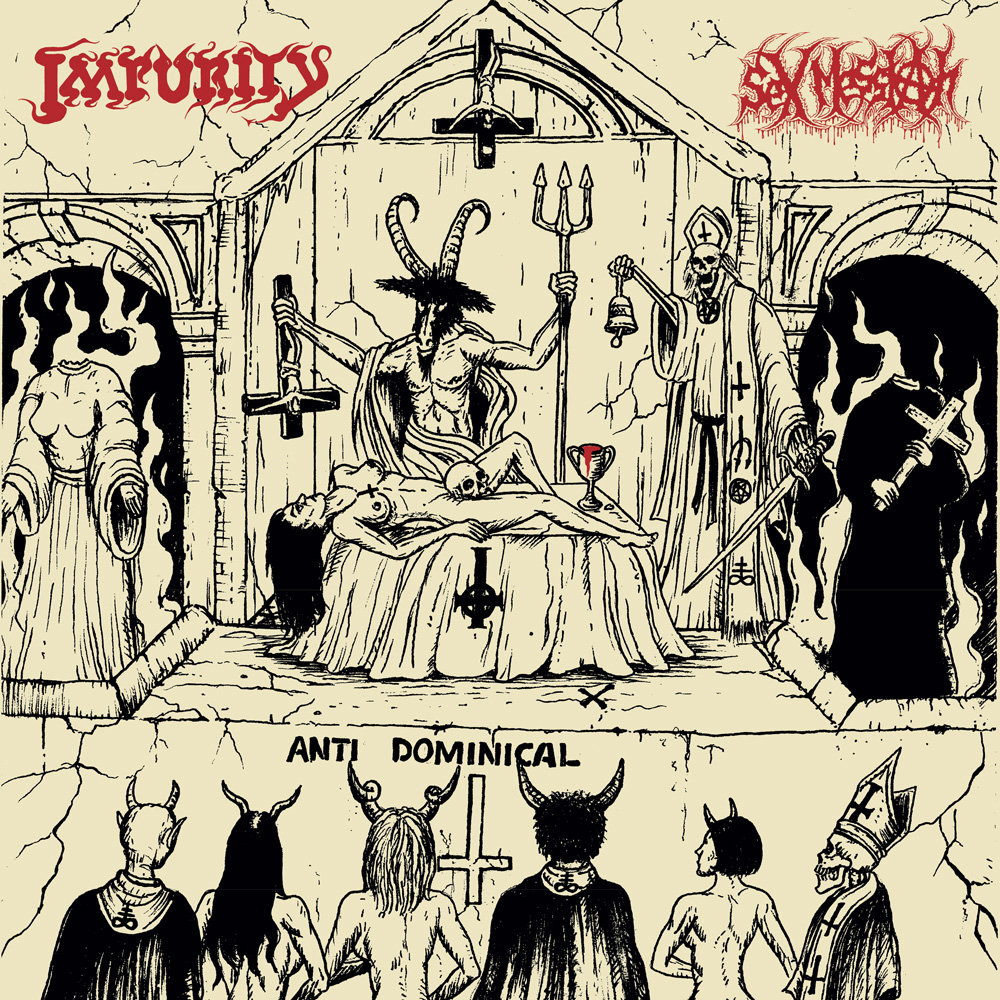

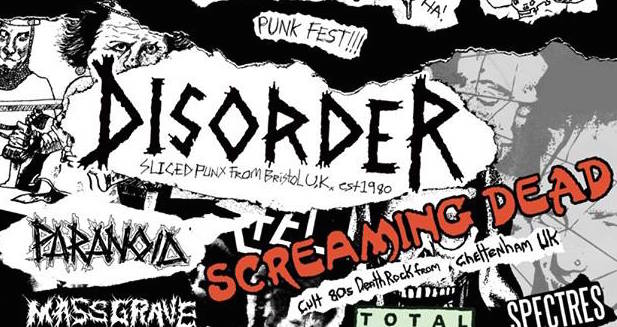

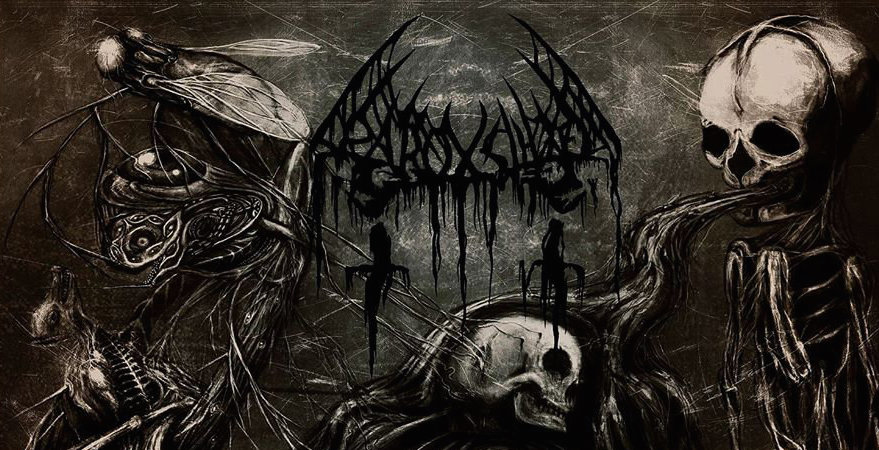
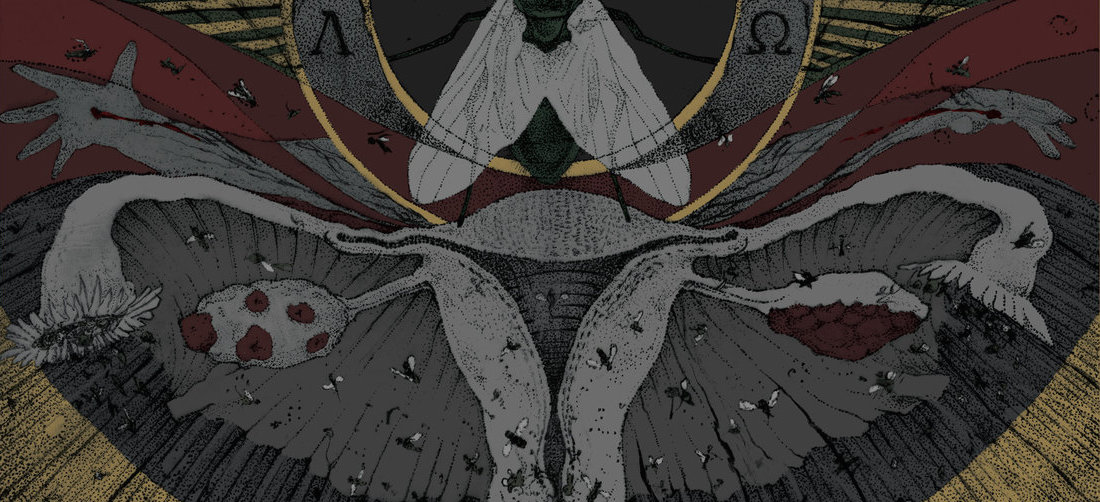
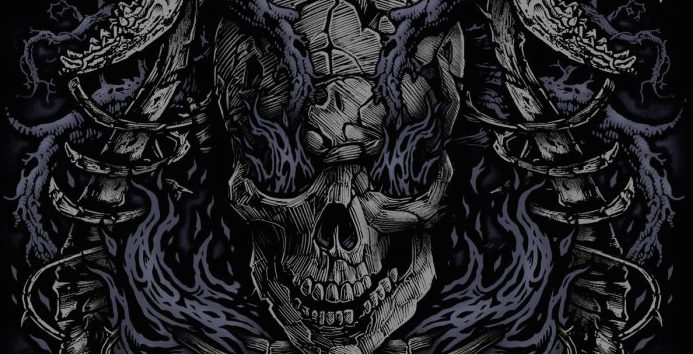
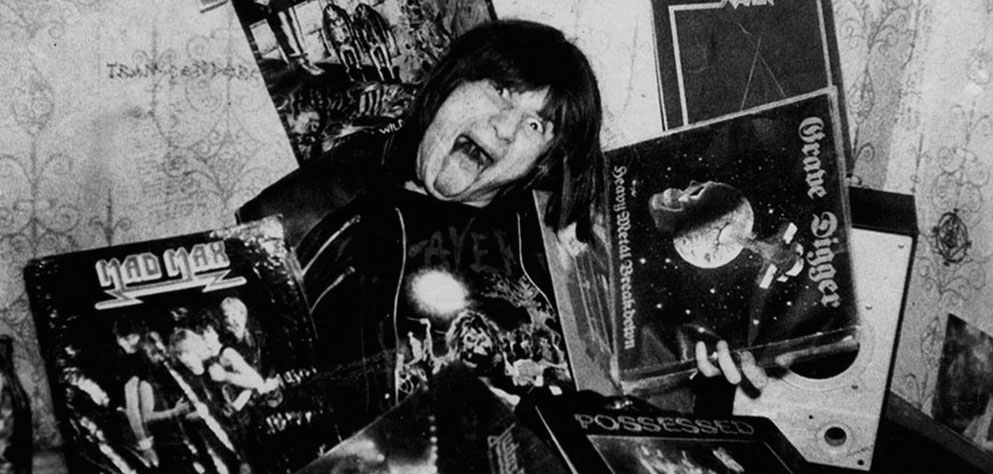
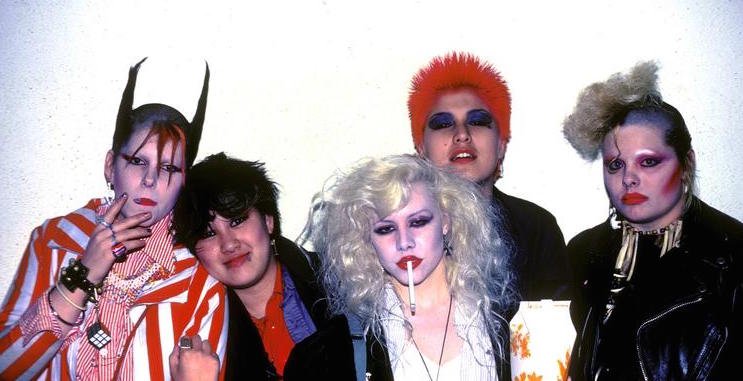
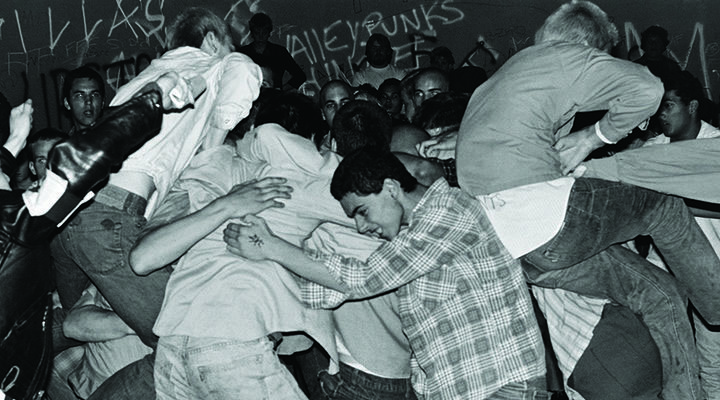


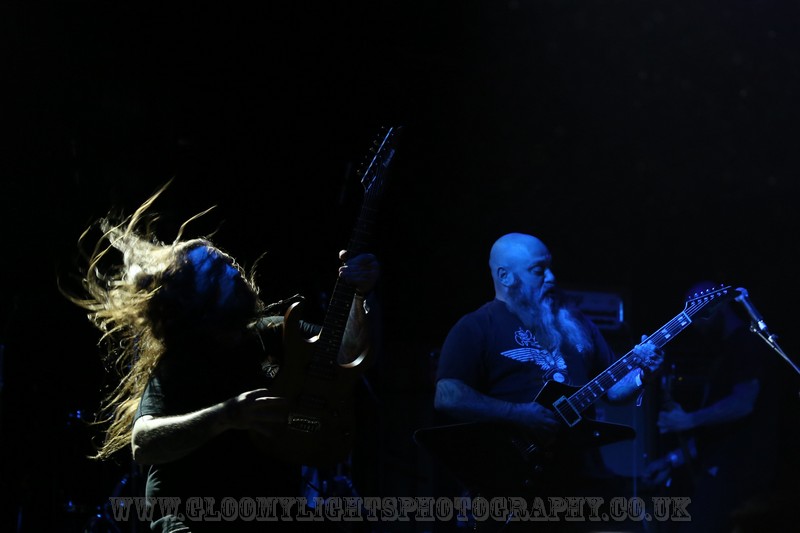



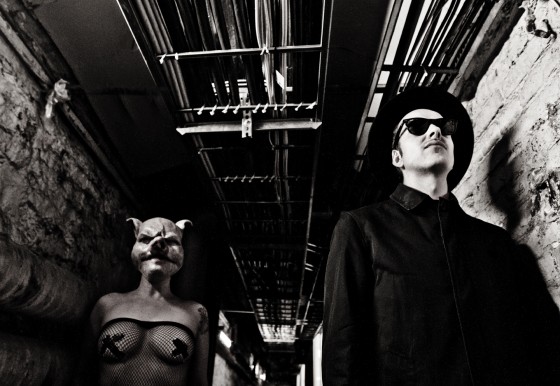
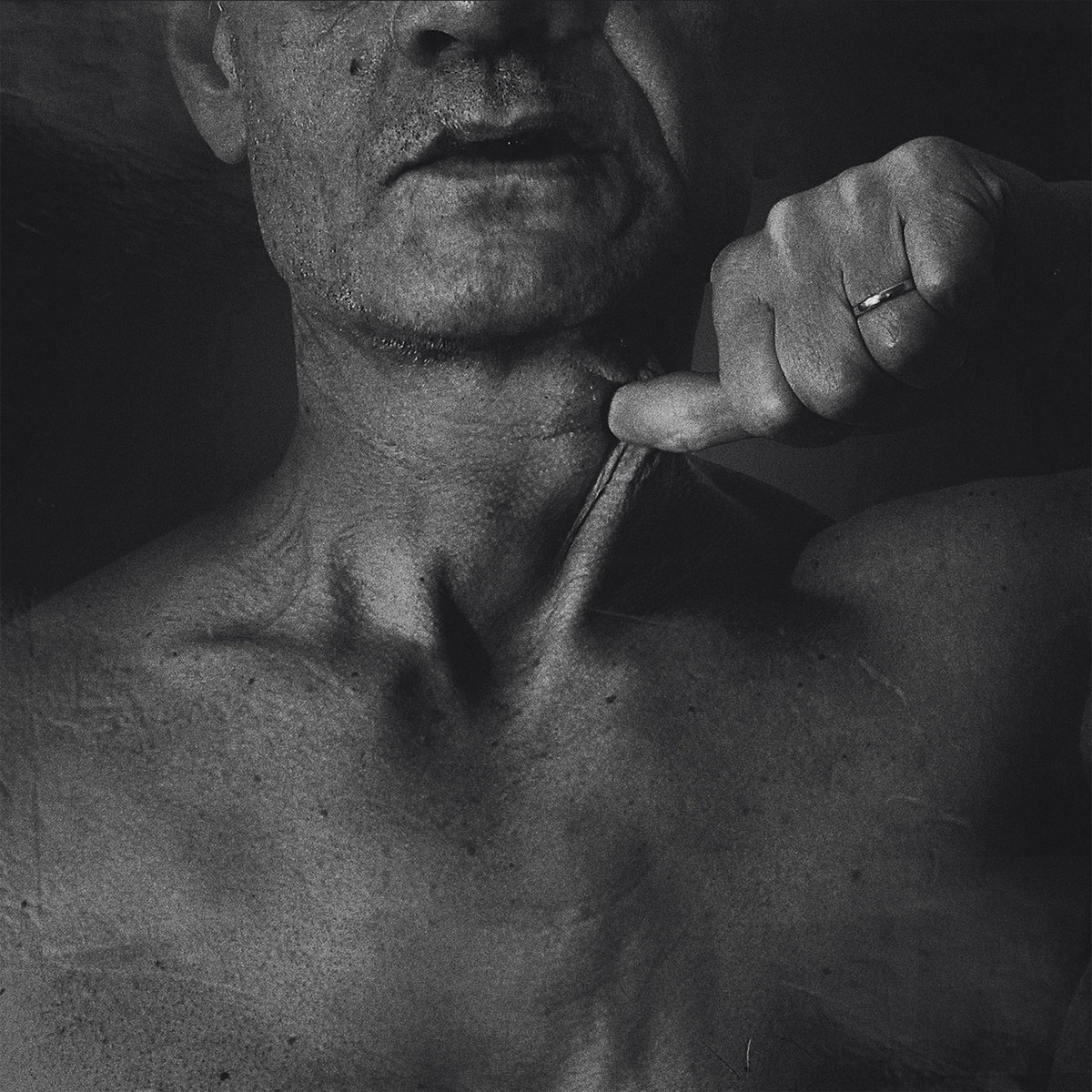

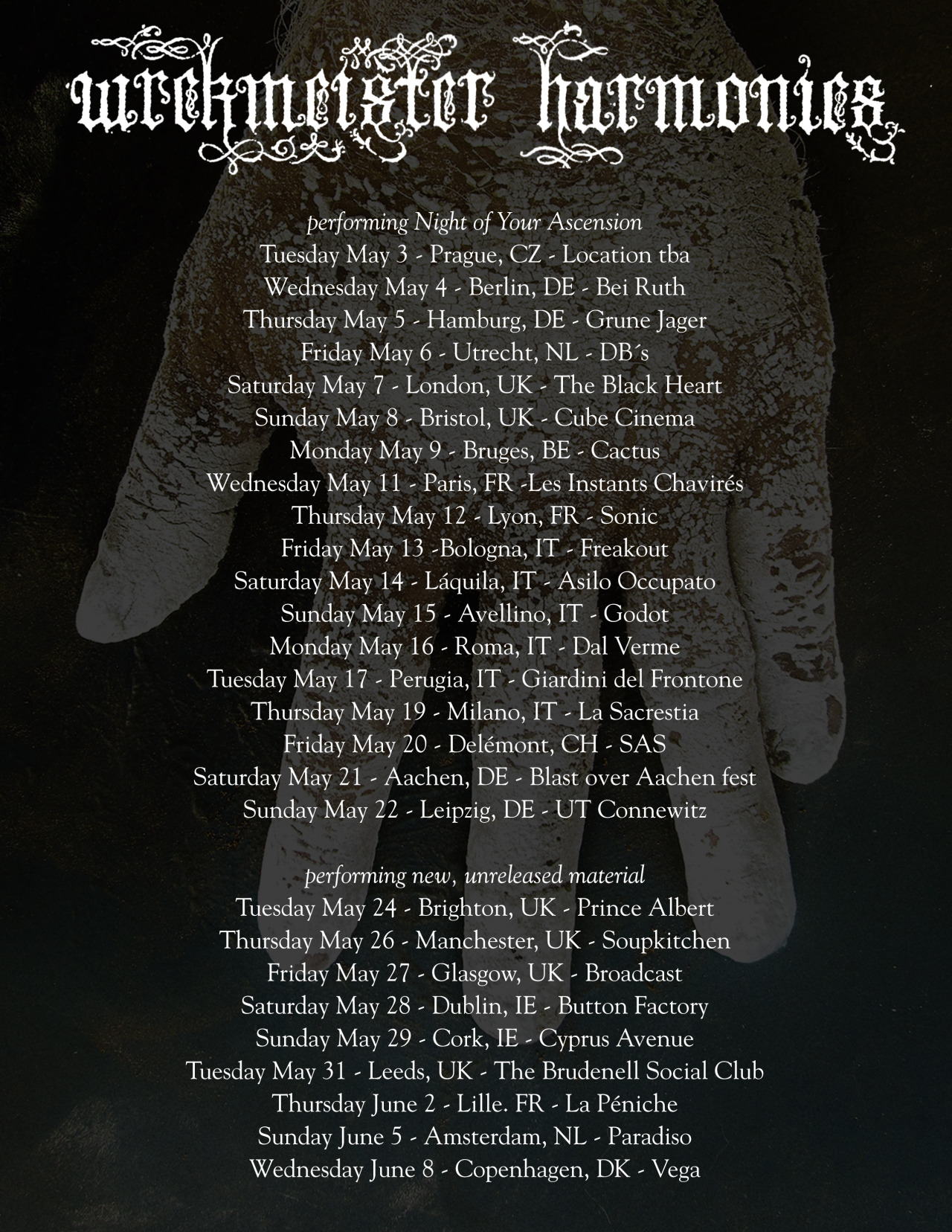
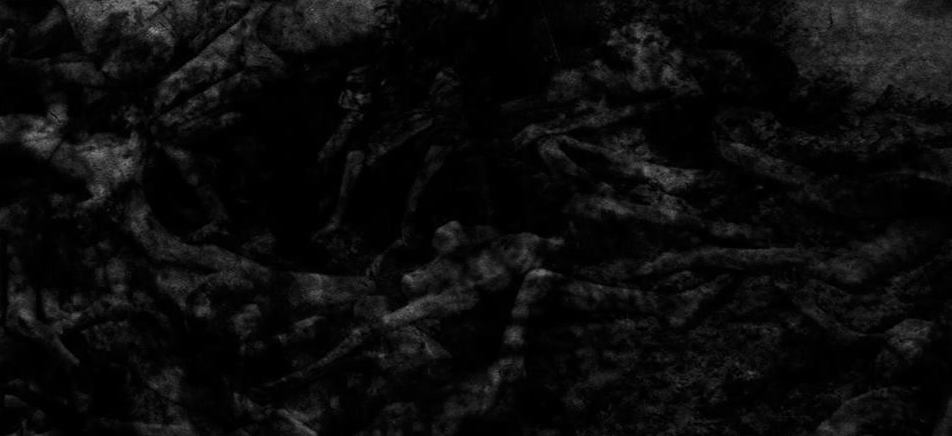

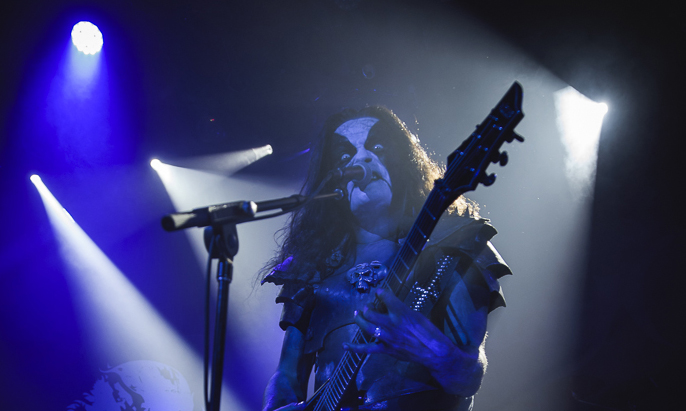

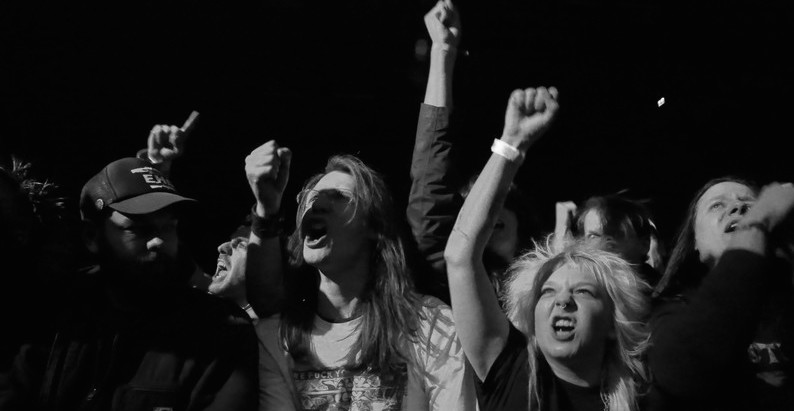
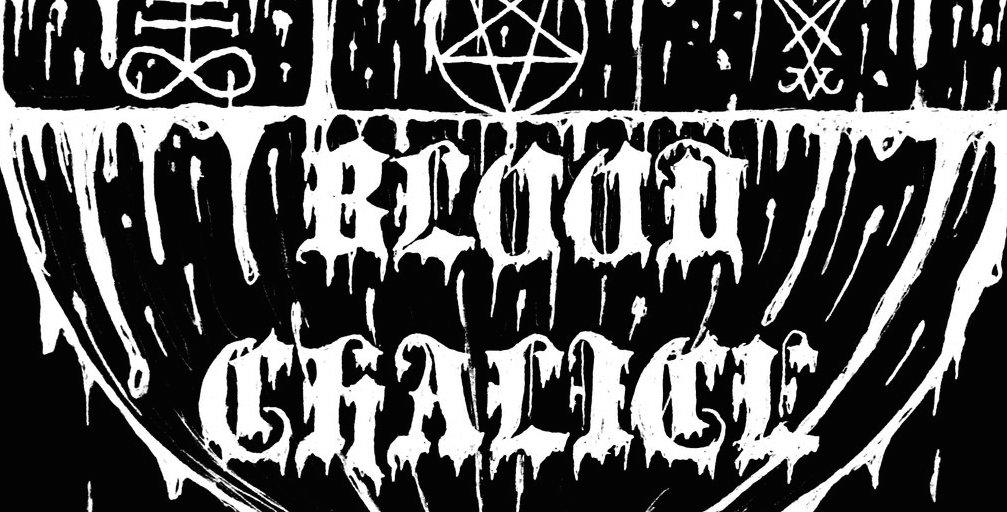
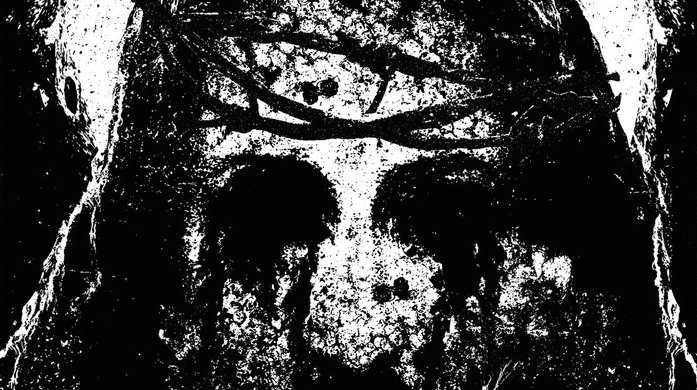
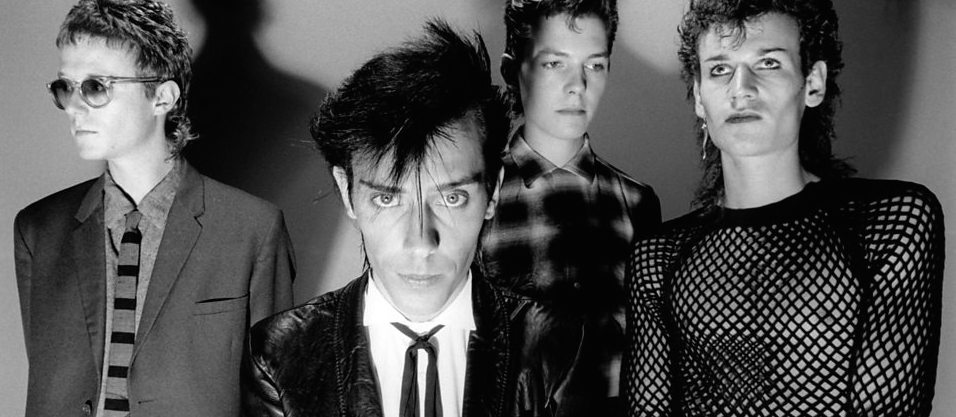



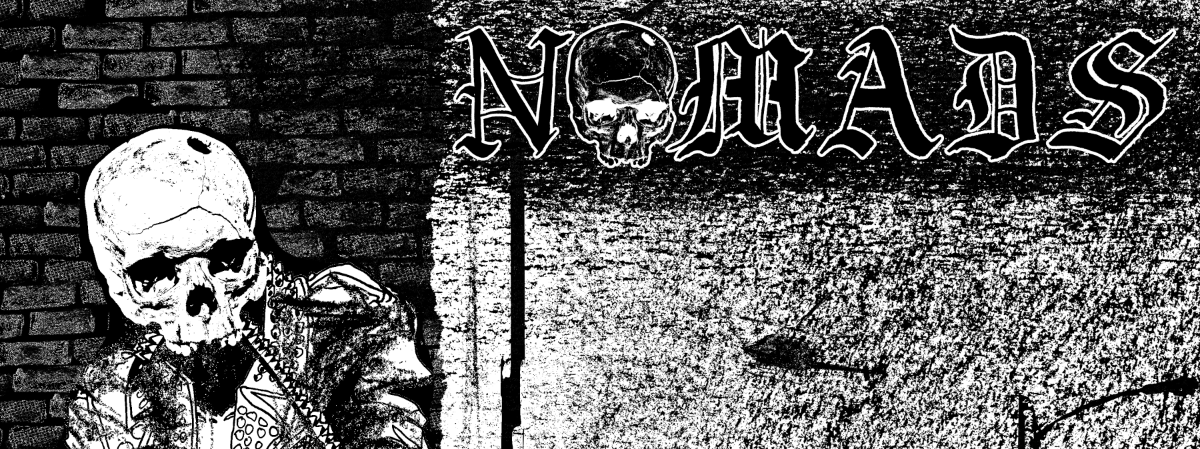
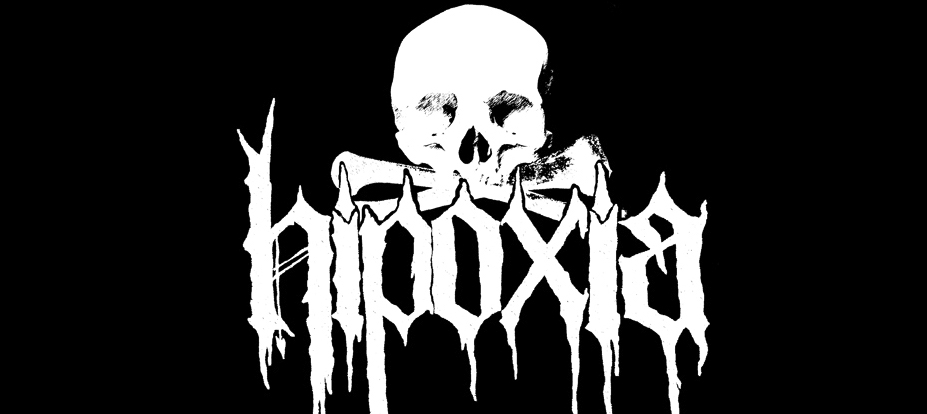

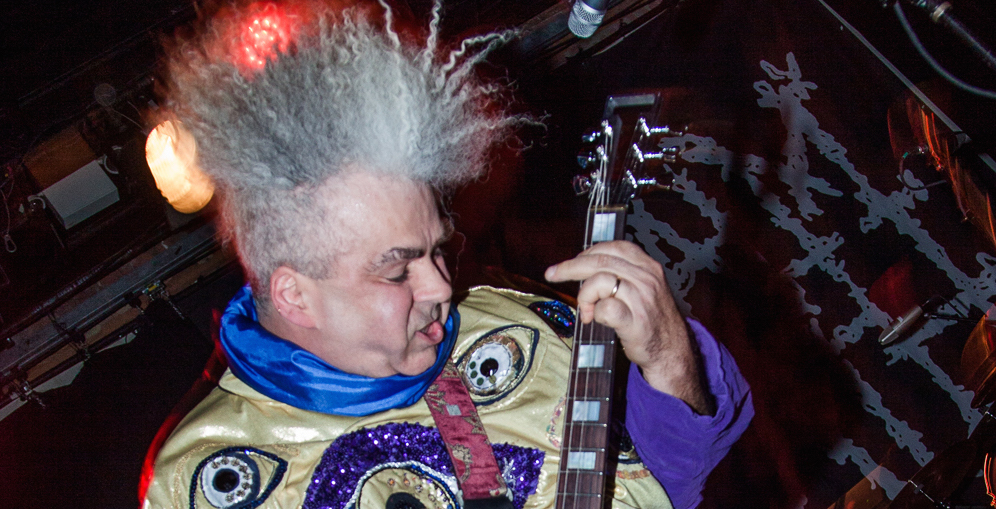

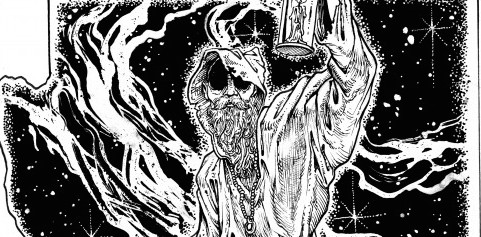
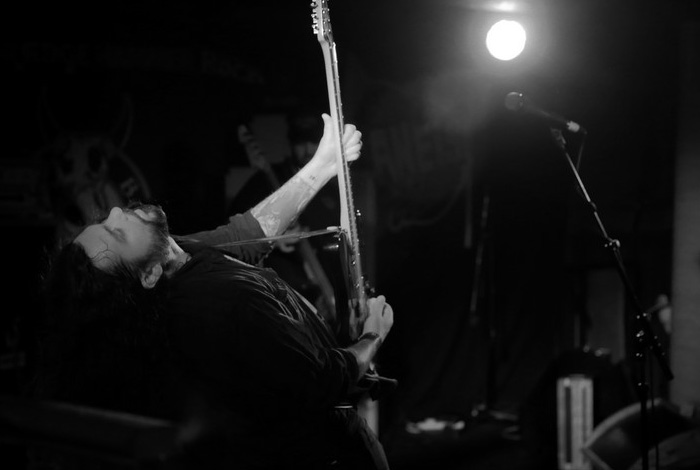
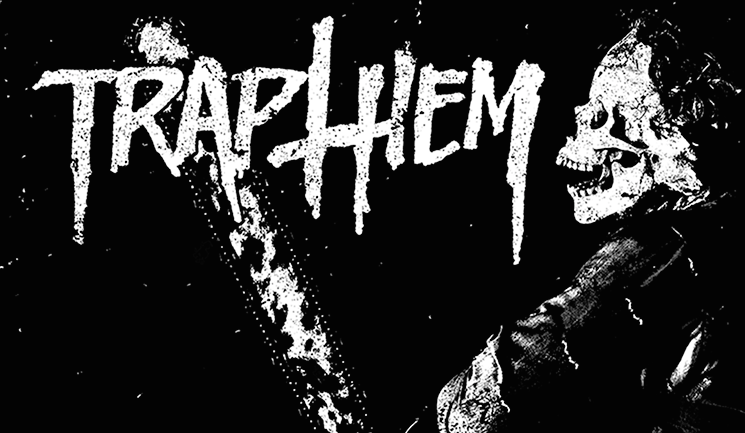


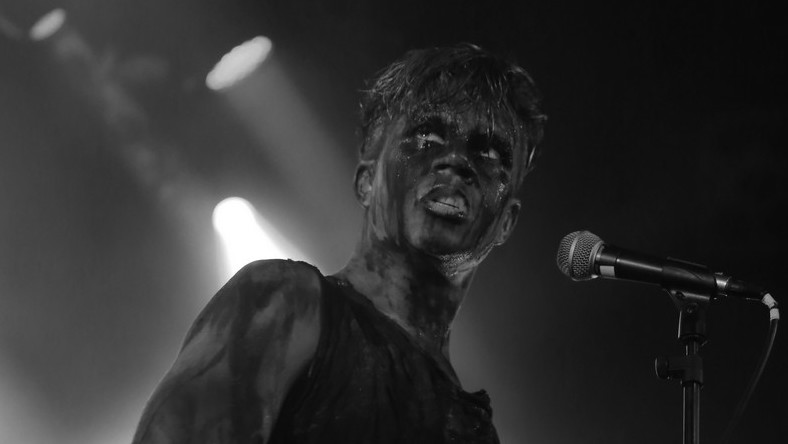
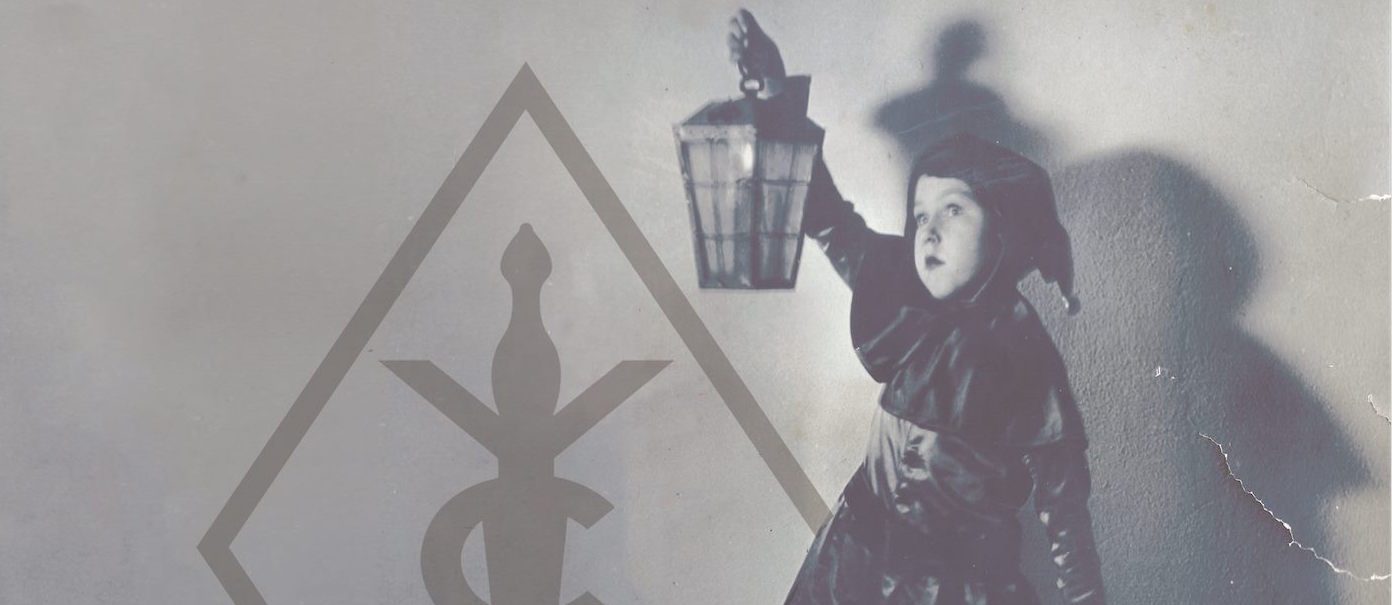

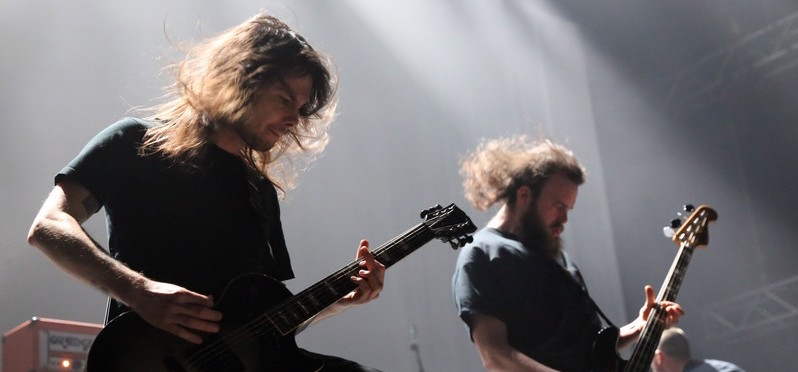

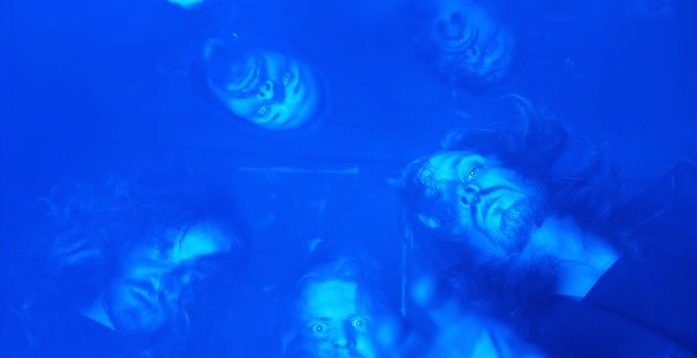
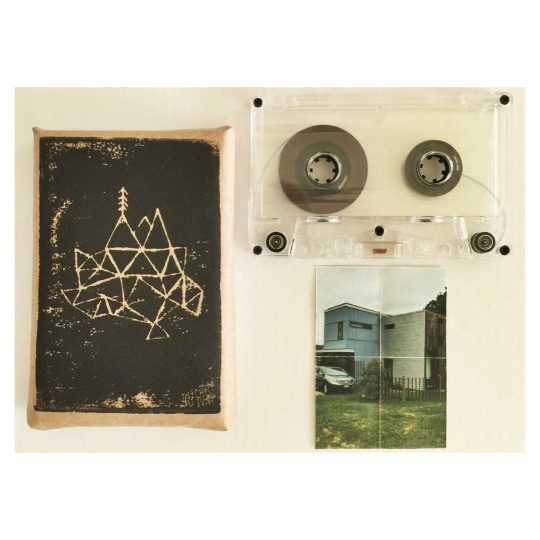
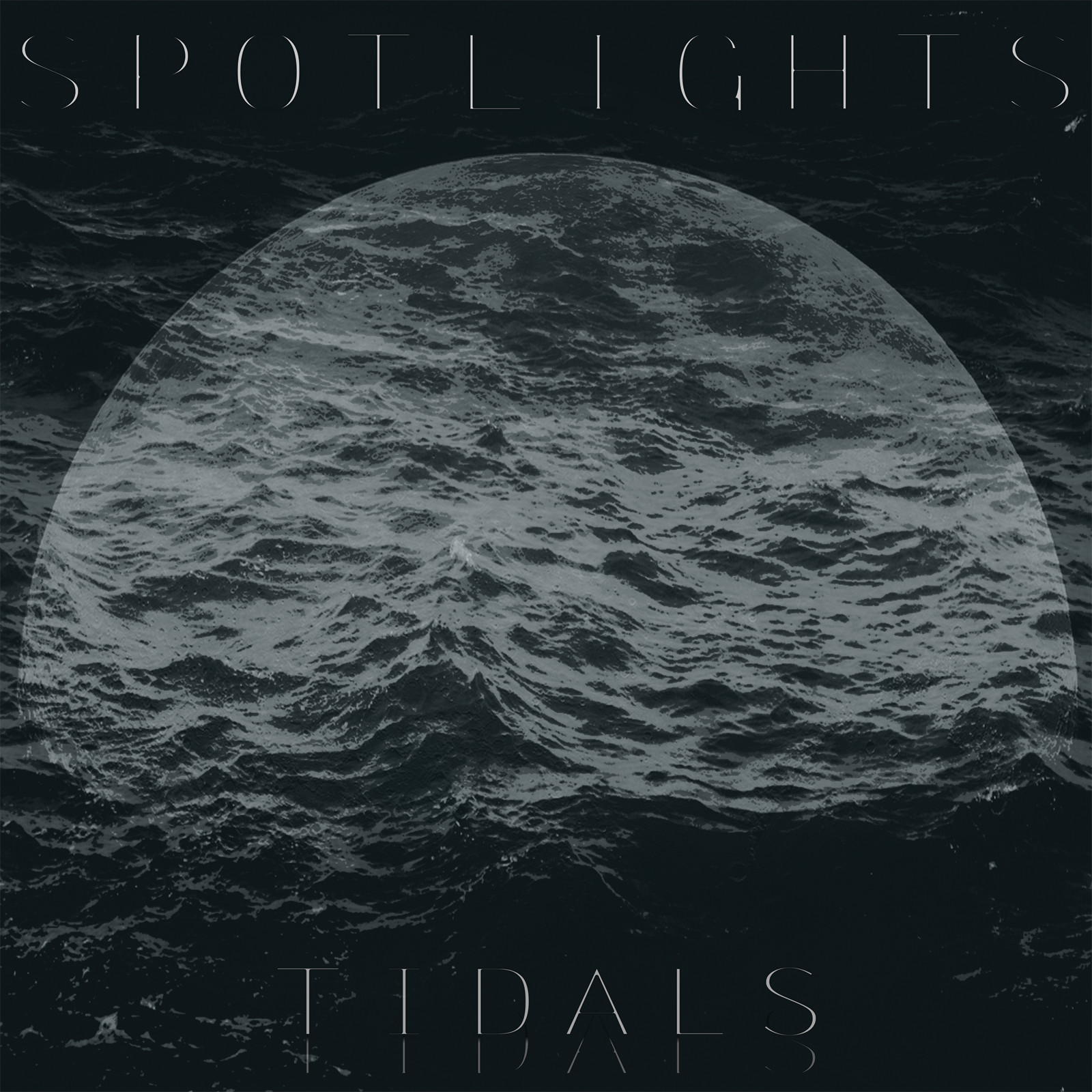
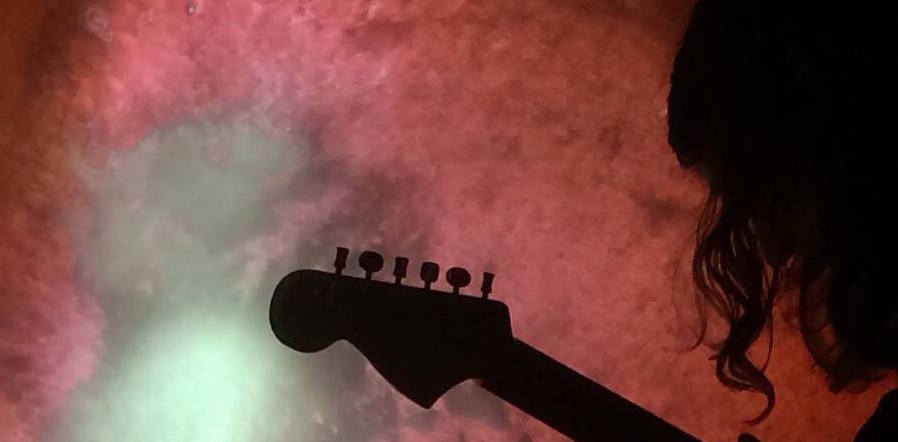

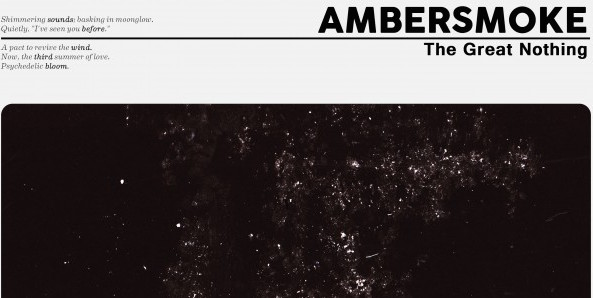
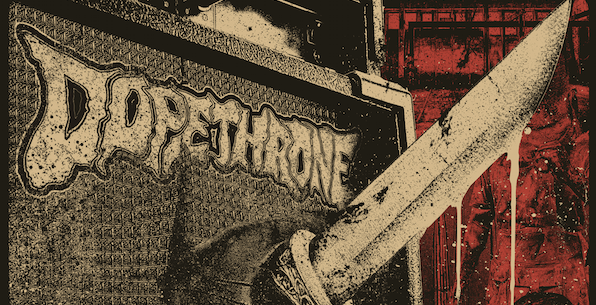


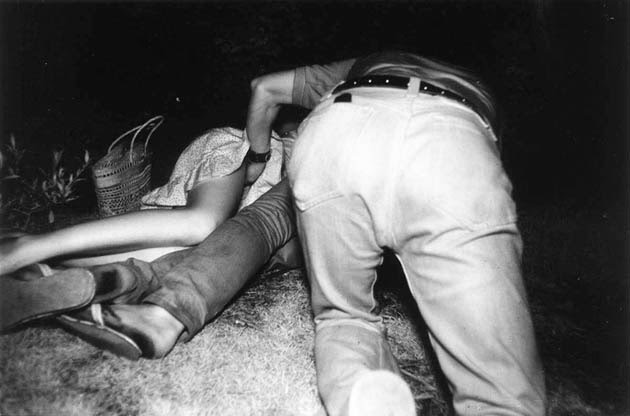
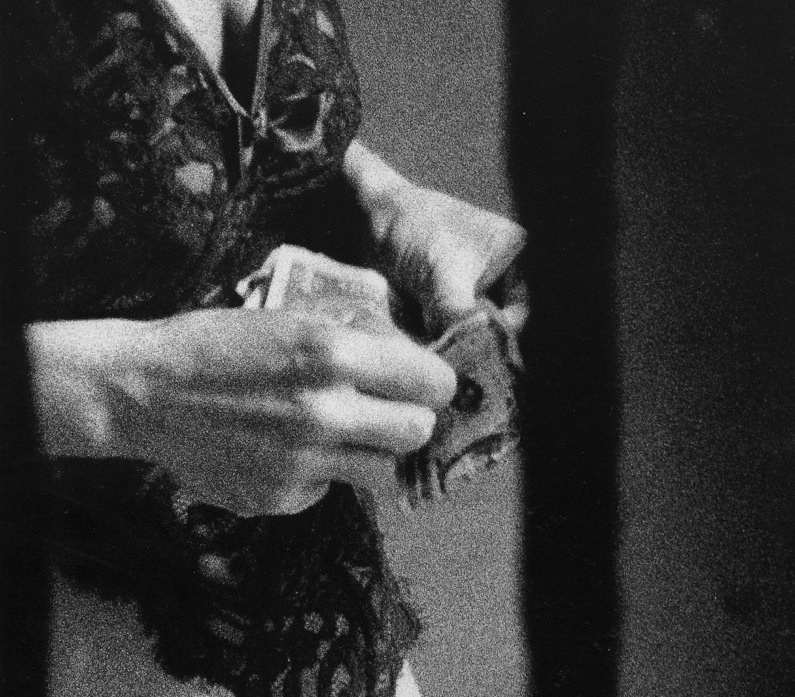

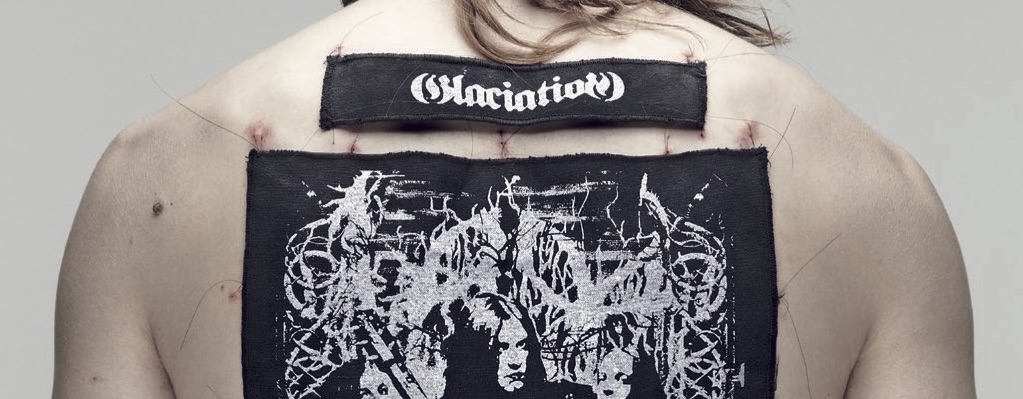

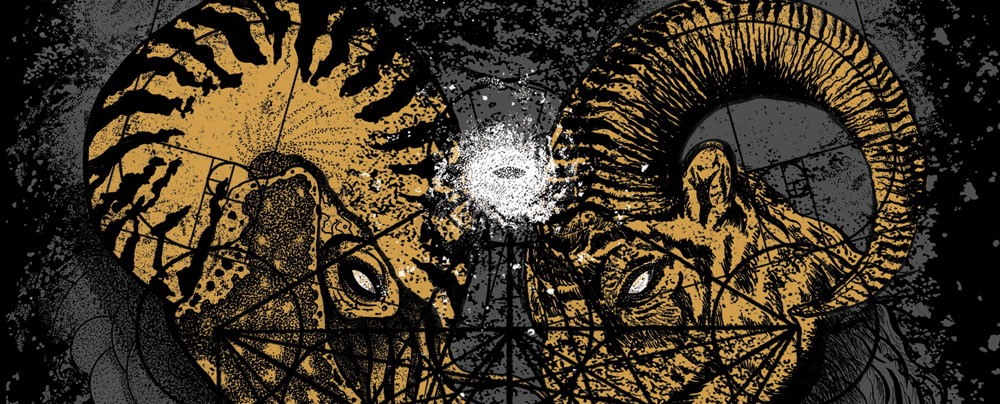

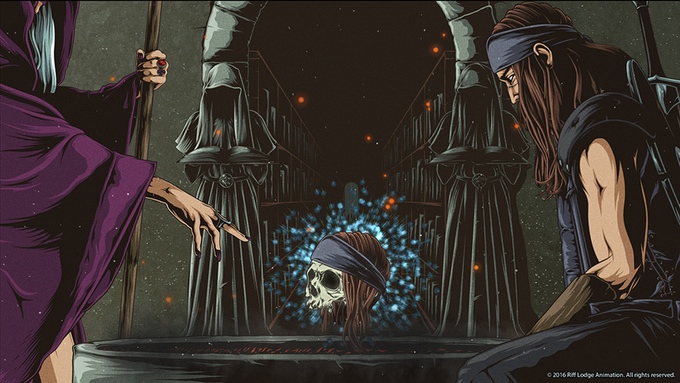
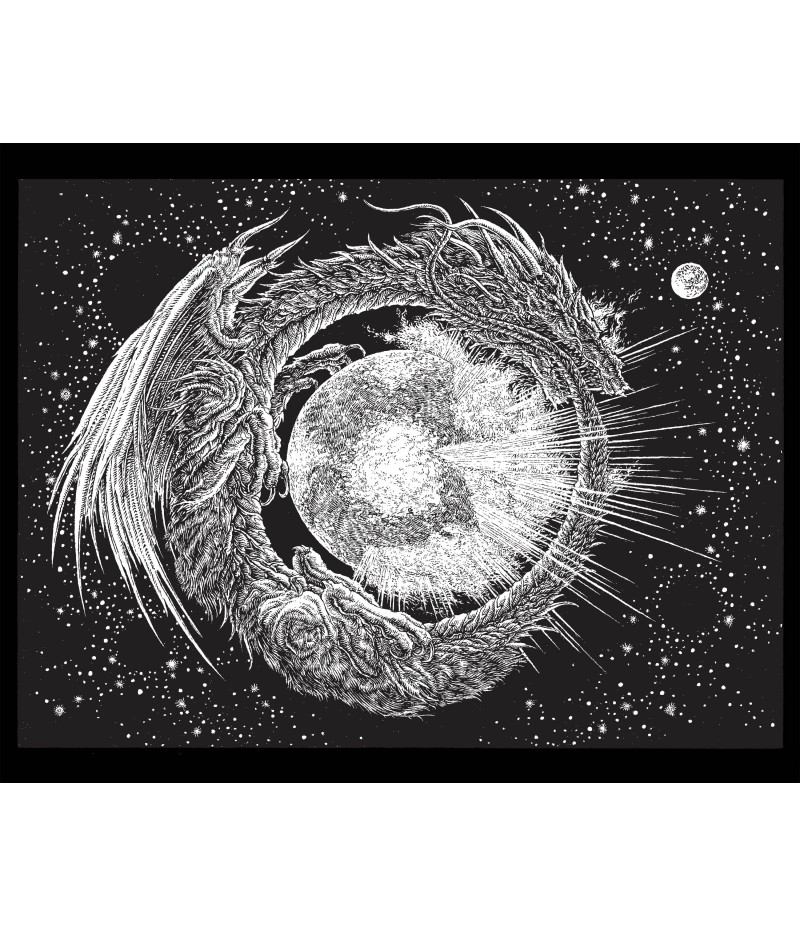

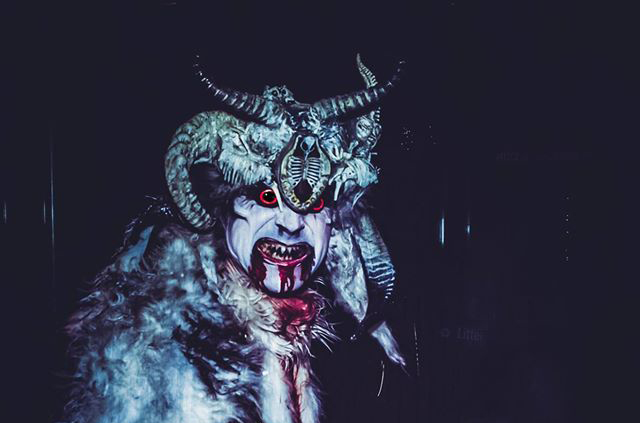

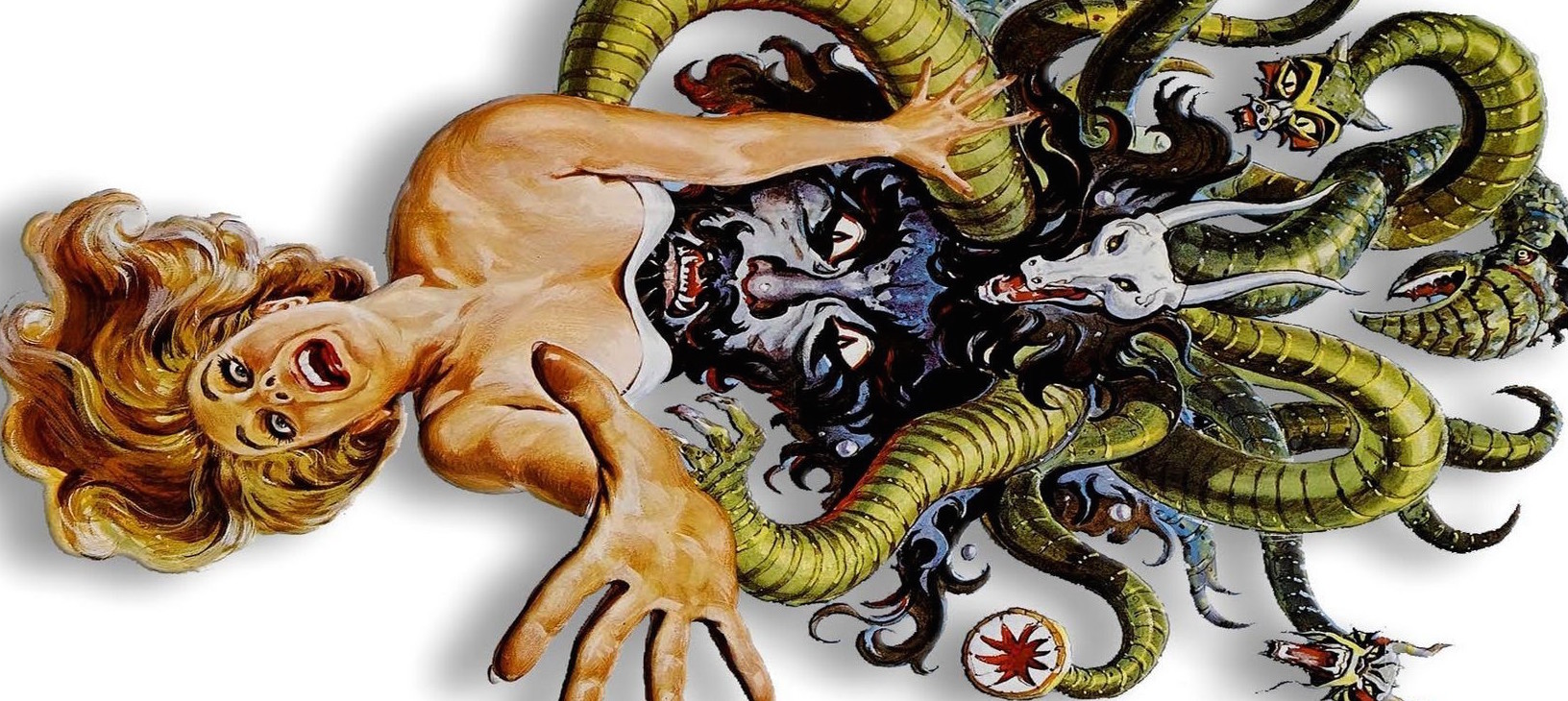

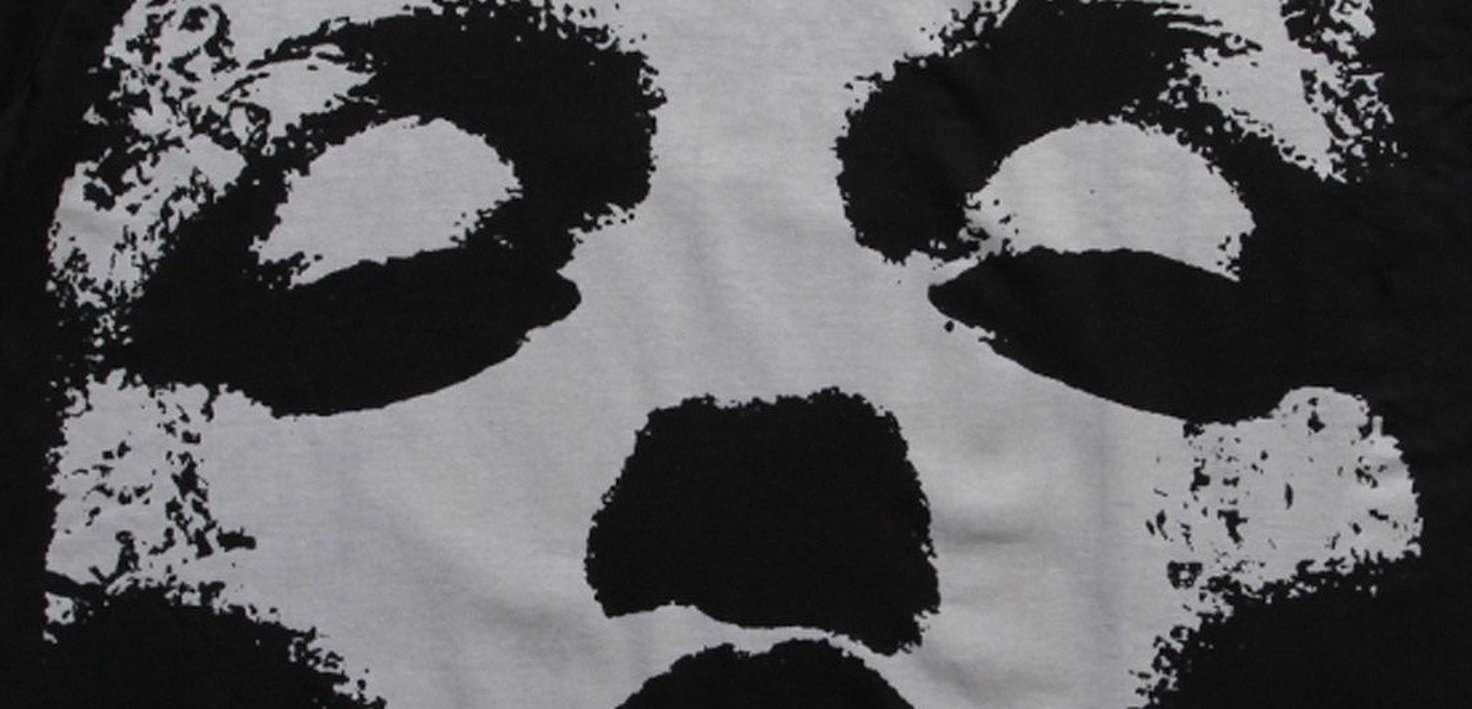
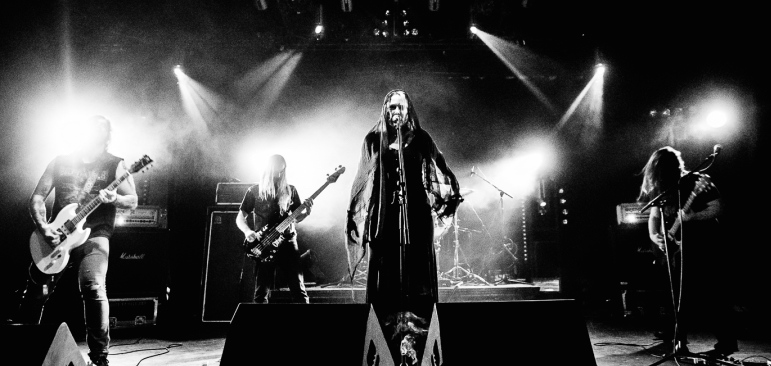
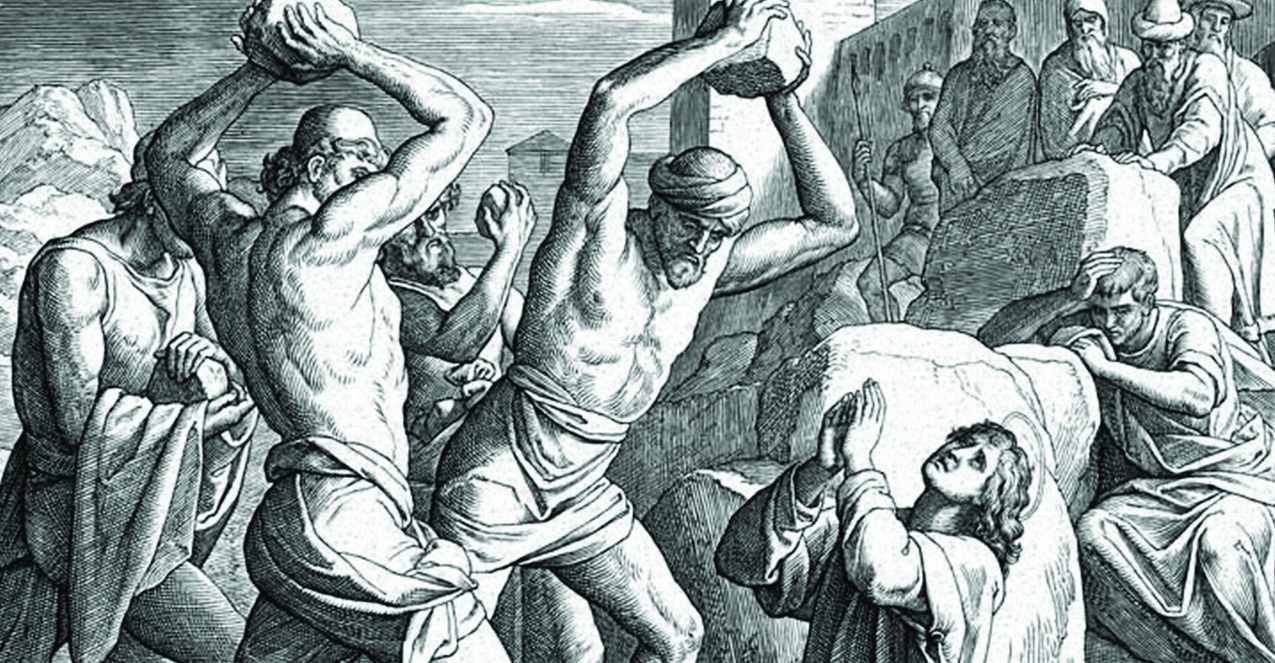


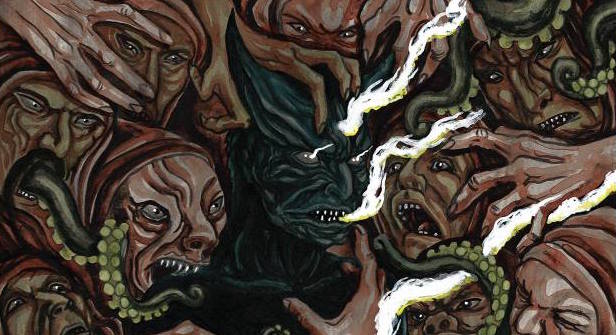





















Patrick L. Bertlein
August 9, 2014 at 5:19 pm
In What way? Considering your name in Hebrew I hope you are not saying the Holocaust is exaggerated.
John Grave
July 24, 2014 at 1:57 pm
Shaw
Bubba Black
July 23, 2014 at 11:44 pm
Cool article. That episode of Vikings is really good also. Ragnar’s explanation of what happens during the ritual is perfect.
John Grave
July 23, 2014 at 7:19 am
Billy Krystal read this.
מאשין מיוזיק
July 23, 2014 at 4:04 am
Very similar to the Holocaust, in some respects